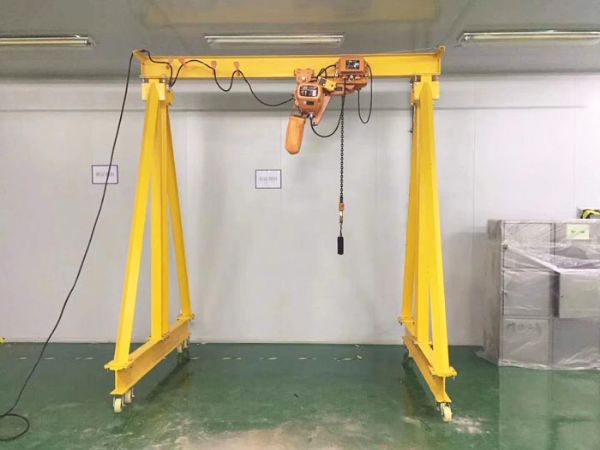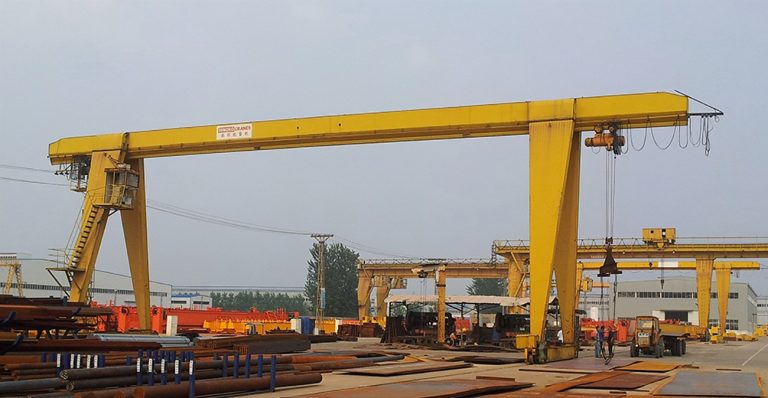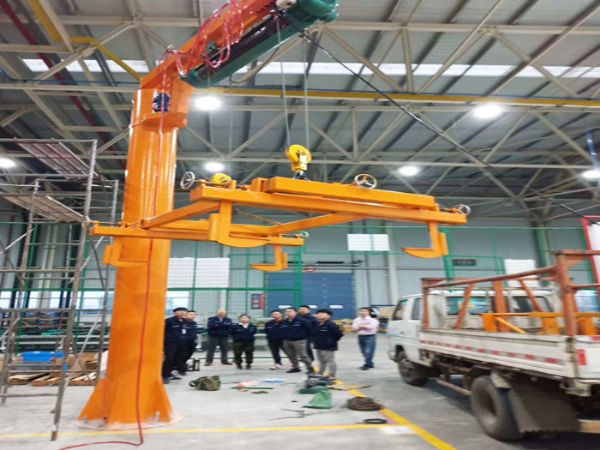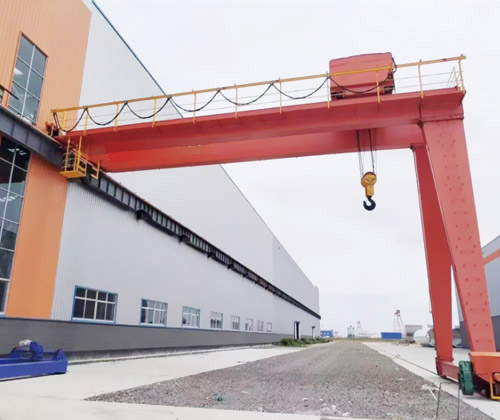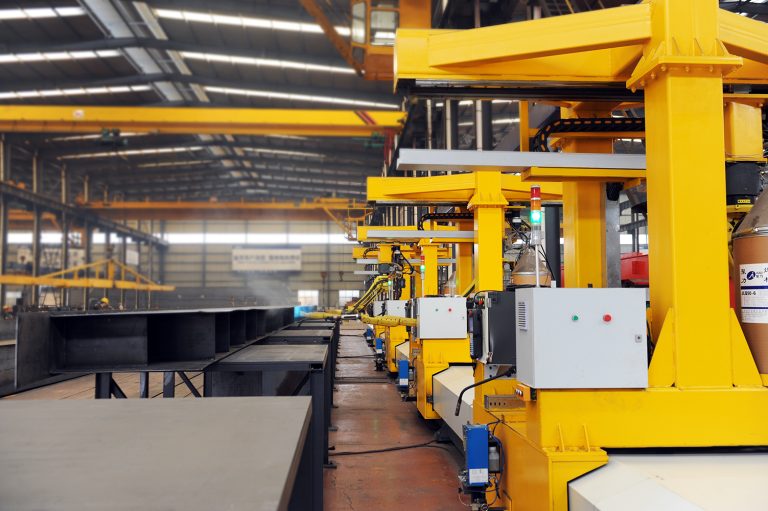Table of Contents
Benefits of Using CD Electric Hoists in Industrial Applications
In the world of industrial applications, efficiency and safety are paramount. One tool that has become indispensable in many industries is the CD electric hoist. These powerful machines are used to lift and move heavy loads with ease, making them an essential piece of equipment in factories, warehouses, and construction sites.
One of the key benefits of using CD electric hoists is their ability to lift heavy loads quickly and easily. These hoists are powered by electricity, which means they can lift heavier loads than manual hoists or chain pulleys. This makes them ideal for lifting heavy machinery, equipment, and materials in industrial settings.
Another advantage of CD electric hoists is their precision and control. These hoists can be operated with a high degree of accuracy, allowing for precise positioning of loads. This is crucial in industrial applications where even a small mistake can have serious consequences. With a CD electric hoist, operators can lift and move loads with confidence, knowing that they have complete control over the process.
CD electric hoists are also known for their durability and reliability. These machines are built to withstand the rigors of industrial use, with sturdy construction and high-quality components. This means that they can handle heavy loads day in and day out without breaking down or malfunctioning. This reliability is essential in industrial settings where downtime can be costly and disruptive.

In addition to their lifting capabilities, CD electric hoists are also known for their safety features. These hoists are equipped with a range of safety mechanisms, such as overload protection and emergency stop buttons, to ensure the safety of operators and bystanders. This makes them a safer option than manual hoists or chain pulleys, which can be prone to accidents and injuries.
One of the key advantages of CD electric hoists is their versatility. These hoists can be used in a wide range of industrial applications, from lifting heavy machinery in factories to moving materials on construction sites. They come in a variety of sizes and configurations to suit different needs, making them a flexible and adaptable tool for any industrial setting.
Overall, CD electric hoists offer a range of benefits for industrial applications. From their ability to lift heavy loads quickly and easily to their precision, durability, and safety features, these hoists are an essential piece of equipment in many industries. With their versatility and reliability, CD electric hoists are a valuable tool for any industrial setting looking to improve efficiency and safety.
How to Choose the Right CD Electric Hoist for Your Factory
When it comes to choosing the right CD electric hoist for your factory, there are several factors to consider in order to ensure that you are making the best decision for your specific needs. CD electric hoists are a popular choice for many factories due to their versatility, durability, and ease of use. However, with so many options available on the market, it can be overwhelming to determine which hoist is the best fit for your particular application.
One of the first things to consider when choosing a CD electric hoist is the weight capacity that you will need. CD electric hoists come in a variety of weight capacities, ranging from a few hundred pounds to several tons. It is important to accurately assess the weight of the loads that you will be lifting in order to select a hoist that can safely and efficiently handle the workload. Choosing a hoist with a weight capacity that is too low can result in damage to the hoist and potential safety hazards, while selecting a hoist with a weight capacity that is too high can lead to unnecessary costs and inefficiencies.
In addition to weight capacity, it is also important to consider the lifting height that you will require. CD electric hoists are available with different lifting heights, so it is essential to determine the maximum height that you will need to lift loads in order to select a hoist that can meet your specific requirements. Choosing a hoist with a lifting height that is too low can limit the functionality of the hoist and require additional equipment or modifications, while selecting a hoist with a lifting height that is too high can result in unnecessary costs and wasted space.
Another important factor to consider when choosing a CD electric hoist is the speed at which you will need to lift and lower loads. CD electric hoists are available with different lifting speeds, so it is crucial to determine the speed at which you will need to move loads in order to select a hoist that can meet your production requirements. Choosing a hoist with a lifting speed that is too slow can result in inefficiencies and bottlenecks in your production process, while selecting a hoist with a lifting speed that is too fast can lead to safety hazards and potential damage to the hoist.
Additionally, it is important to consider the power source that will be available for the hoist. CD electric hoists require electricity to operate, so it is essential to ensure that you have access to a reliable power source in order to use the hoist effectively. If your factory does not have access to electricity or if power outages are common in your area, you may need to consider alternative power sources or backup systems in order to ensure that the hoist can continue to operate during unexpected disruptions.
| Nr. | Product Name |
| 1 | LX electric suspension crane |
| 2 | L-type gantry crane |
| 3 | European-style crane |
| 4 | Harbour crane |
In conclusion, choosing the right CD electric hoist for your factory requires careful consideration of several key factors, including weight capacity, lifting height, lifting speed, and power source. By accurately assessing your specific needs and requirements, you can select a hoist that will enhance the efficiency and safety of your production process. Investing in a high-quality CD electric hoist that is well-suited to your factory’s needs will ultimately result in increased productivity, reduced downtime, and improved overall performance.

